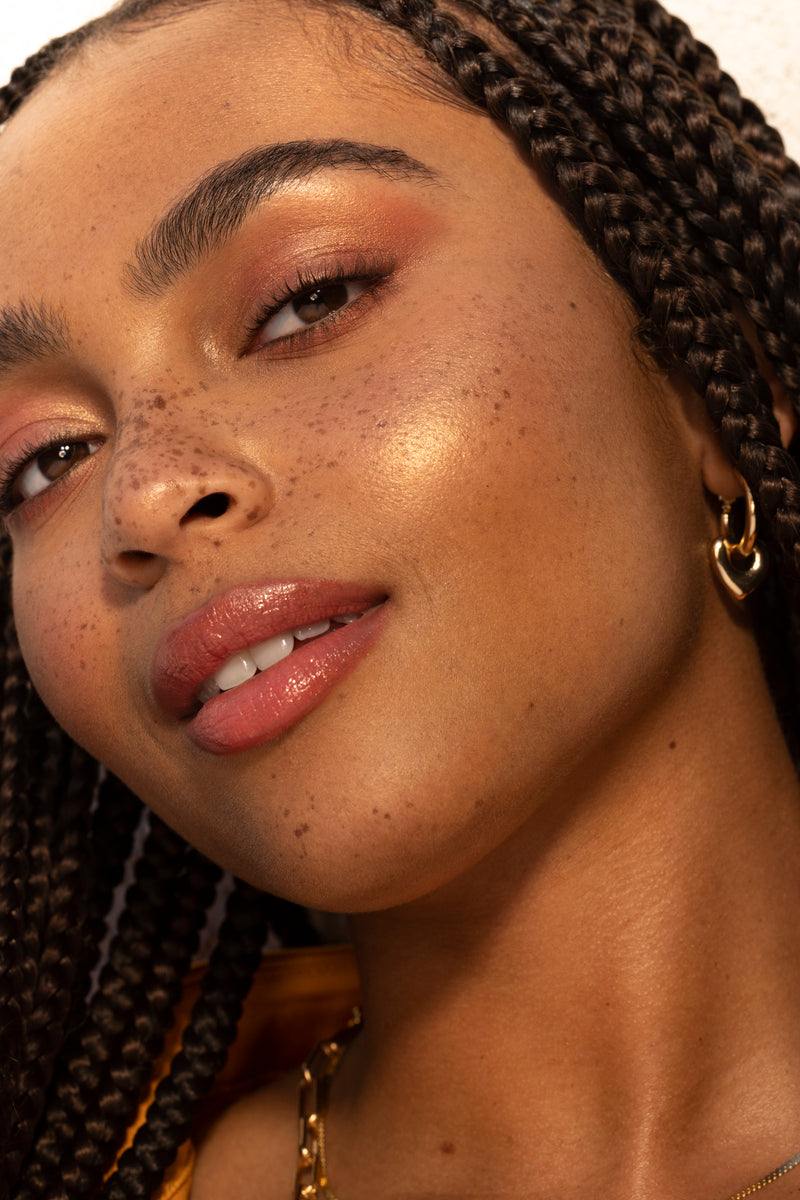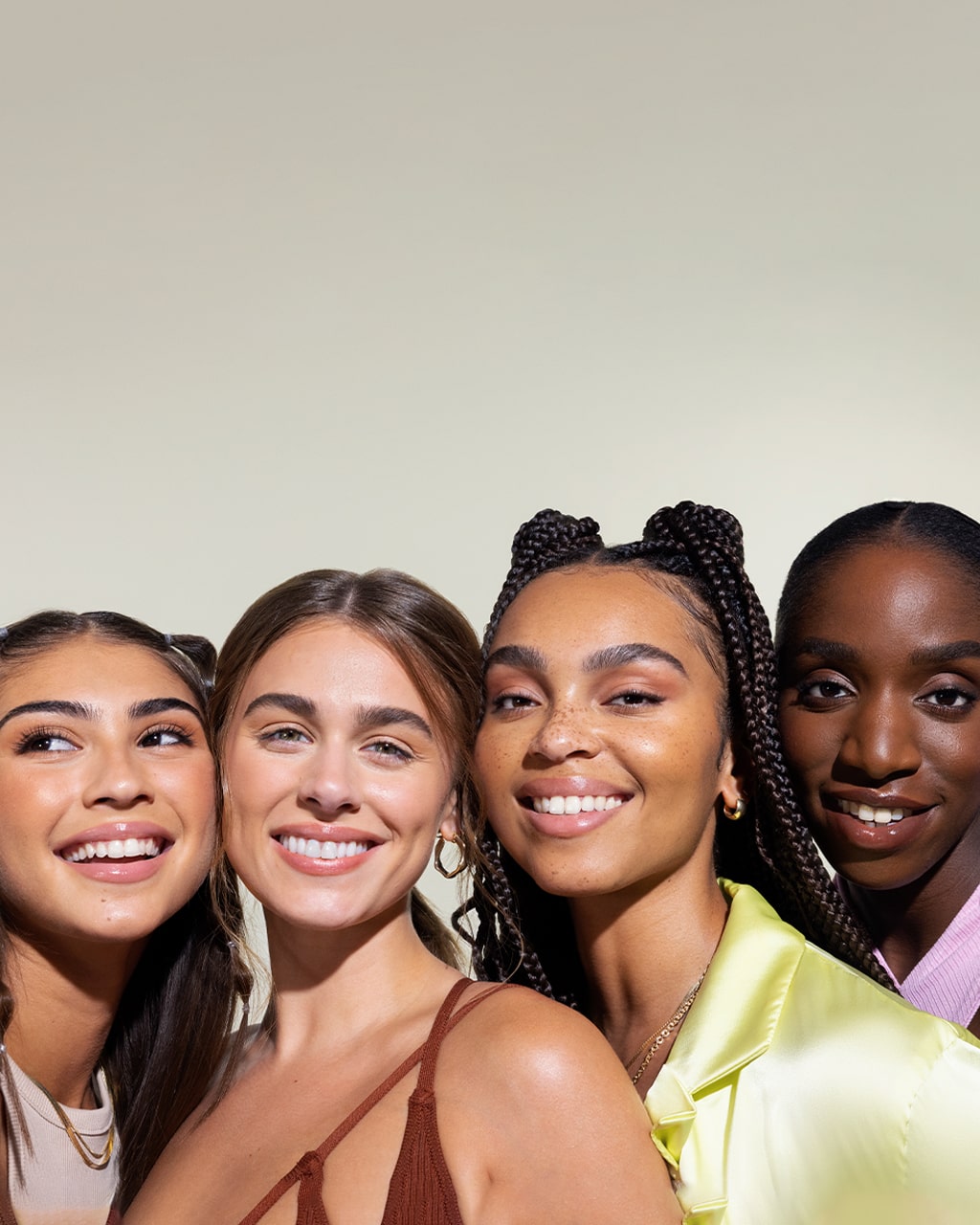
How To Find Your Skin Undertones
When you're shopping for clothes for work or play, you likely gravitate toward certain colors. Just reading that, you're probably picturing one or two of those special shades. They're the ones you don't just love but also look fabulous in.
Skin undertones are one of the biggest determiners of which hues suit you best. This goes for cosmetics as well as clothing and accessories.
Don't confuse undertones with skin tones. Your skin tone refers to the color of the surface of your skin, so you can easily see it when you look in the mirror. Undertones go much deeper.
Undertones refer to subtle coloration beneath the surface of your skin. While skin tones may change depending on how much sun exposure you get, undertones remain constant. This is because they come from the type of melanin that's most prominent in your skin rather than how much there is.
In this post, we'll go further than skin deep and discuss why undertones are important. Then, we'll teach you how to find your undertone and use it to your beauty advantage.
Why Should You Know Your Skin Undertone?
When you're choosing cosmetics like foundation and concealer, you know skin tones are important. Pick something too dark or too light, and you just can't get natural-looking results.
What you may not know is that your skin undertone also factors into determining how well different kinds of makeup suit you. Your undertone shows through to your complexion, and by coordinating cosmetics with it, you can enhance the healthy glow of your face. In addition, your skin undertone can guide you as you select cosmetics for contouring.
Knowing the answer to the question "what is my undertone?" can also help you shop for the right cosmetics. Certain families of shades bring out the beauty of various undertones. Having an understanding of which ones best suit you can make it easier to select eye, lip and cheek colors.
Being confident in the color of your undertone can mean benefits beyond makeup, too. That hint of color beneath your skin can also inform your choices about clothes and accessories. Once you pinpoint your undertone, you can feel more emboldened to add that bright scarf or slip on that dress in a new-to-you hue.
What Are the Different Types of Undertones?
Common skin tones include light, fair, medium and deep or dark. As previously mentioned, you probably already have a handle on which describes you. Undertones require a bit more investigation because their colors are so subtle.
Beauty experts classify skin undertones not by their depth but by their temperature. The three kinds are warm, cool and neutral. Which one you have depends on what specific melanin is present in your skin.
Warm undertones include gold, yellow and peach. These undertones come from having a high concentration of pheomelanin, which has a yellowish or golden color.
Cool undertones are blue, red or pinkish. Eumelanin is the form of melanin responsible for cool coloration. It's a pigment with a blackish-blue color.
If your undertone is neutral, you have a bit of both cool and warm skin undertones mixed in. This comes from having nearly equal amounts of pheomelanin and eumelanin.
One of the reasons why there are so many beautiful variations in skin is how tones and undertones go together. Any skin undertone may be present with any skin tone. This means you can be a cool fair, a warm light, a neutral deep or any other combination.
How To Identify Your Undertone
Now comes the fun part — figuring out which undertone you have. To get to the bottom of it, try these tests.
Put on a White T-Shirt
Bust out your favorite plain white tee and slip it on. Then, look at yourself in the mirror. Because white won't reflect any color onto your complexion, your undertone may be easier to spot.
Don't have a white tee? Placing a white sheet of paper below your chin can give you the same effect.
When placed against white, warm skin undertones make complexions appear more yellow. Cool undertones give skin a more pinkish glow, and neutral tones are somewhere in the middle.
Try on Some Jewelry
Grab one piece of silver-toned jewelry and one piece of gold-toned jewelry. Hold each piece against your skin while looking in the mirror.
If you have a warm undertone, you'll likely think the gold-hued piece suits you better. On the other hand, the silver-toned piece will look fabulous against a cool undertone. Seeing that both pieces suit you equally well indicates you have a neutral skin undertone.
Think About How Your Skin Reacts to the Sun
How does your skin look after you spend a day in the sun? People prone to redness and burning typically have a warm undertone. Skin that tans easily is more likely to possess a cool one.
If you tend to burn first and then see the redness fade to a tan, you probably have a neutral skin undertone. This is because both types of melanin in your complexion are activated by the sun.
Finding the Best Foundation and Eye Color Palette for Your Undertone
Once you know your undertone, you can find makeup that best suits your complexion. Milani can help with a rainbow of colors to choose from.
Available in 45 shades, Milani Conceal + Perfect 2-In-1 Foundation + Concealer offers something for every undertone. Options that skew yellow, peach or gold will make those warm undertones pop, while pinkish, reddish and blackish shades will give cooler complexions a healthy glow.
Keep your undertone in mind when choosing your color cosmetics. Milani Most Wanted Gilded Eyeshadow Palettes come in hues for everyone.
For warm undertones, try Partner in Crime or Outlaw Olive. Or bring out the beauty of cool skin undertones with Rosy Revenge or Jewel Heist. Neutral tones get the best of both worlds with the rosy shades in Burning Desire.

